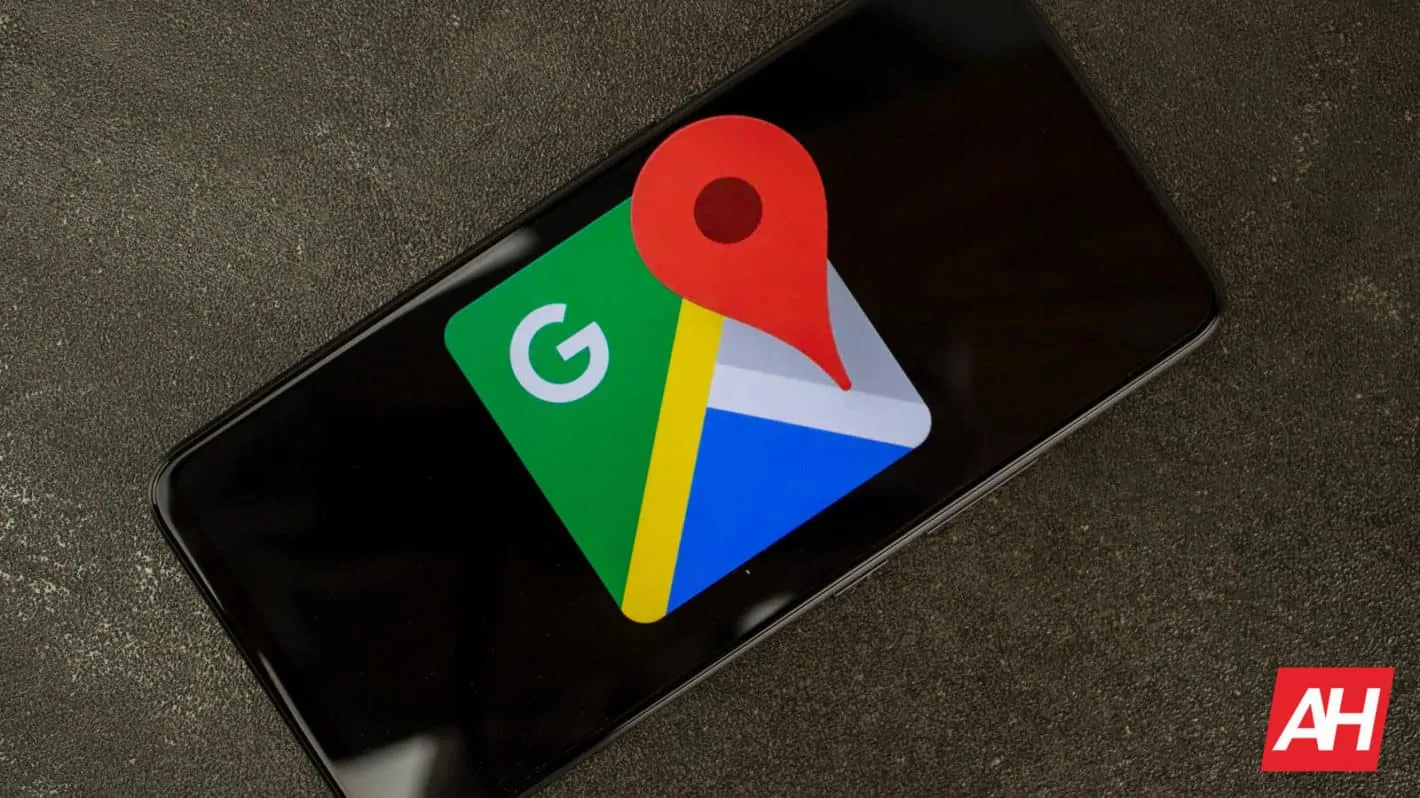Google is now making fairly significant changes to its Maps application, including some that make Android Auto navigation better. Spotted in the latest update to version 10.45, the most notable alterations will, in fact, apply to that other experience. That’s because the changes are most noticeable in landscape orientation.
Starting with where the most impact will be felt, now UI elements no longer take up the entire screen in landscape mode. That means that when users rotate their phone 90-degrees or utilize Maps in Android Auto they’ll still be able to actually see the map.
That’s driven mostly by changes made to how the pull-up style information and navigation card appears. Previously, that had been designed to fill up a not-insignificant portion of the lower half of the display. And it stretched from side-to-side to fill that space. When pulled up, especially when navigating in landscape orientation, it effectively filled the entire screen.
With the recent alterations in place, as shown in the example images provided by the source, it now only fills a little more under half of the viewable area. That’s enabled by Google’s decision to switch to a more card-like UI. Google placed rounded corners on the UI to effectively restrict it to a set width. It’s the same size now in landscape mode or on an Android Auto display as it would be in portrait orientation.
That’s in Landscape mode, so what about Google Maps in Portrait mode?
In portrait orientation, there’s not much change to report. Or at least not much change that users will notice right away. As noted above, this will prove far more useful for those users who prefer landscape mode. Or those that prefer an Android Auto-driven Google Maps experience. That does not mean that there’s no change at all, although it will affect far fewer users.
With the changes in place, portrait mode shows a similarly rounded-corner card-like design. That means that there’s now a small sliver of the map still visible to either the left- or right-hand side of that card. That sliver disappears when the card is pulled up but the rounded corners remain.
In both modes, the banner at the top has been adjusted too. Now, that floats over the top of the UI instead of taking up quite so much space.
Other key changes to the UI are in how the information on that card and its icons is presented. Google centered the travel time, distance, and arrival time at the top of the card. The collapse icon has been replaced by a ‘potential routes’ icon. That takes its place to the right of the travel and distance information, letting users examine other possible routes just in case. To the left of the now-centered details, Google has placed an “x” icon to close out navigation. The card is collapsed now by a gesture.
This is arriving on the server-side, no manual updates needed
These changes could feasibly help cement Google Maps position as one of the best maps applications around. And, as is almost always the case with Google apps, users won’t even have to put much effort in to see the difference. Instead, this is arriving as part of a server-side update. That means there’s no need to navigate to the Google Play Store and manually update anything. It’ll simply appear when it’s ready for any given user.
Of course, that also means it won’t be showing up for every Android or Google Maps user right away.





